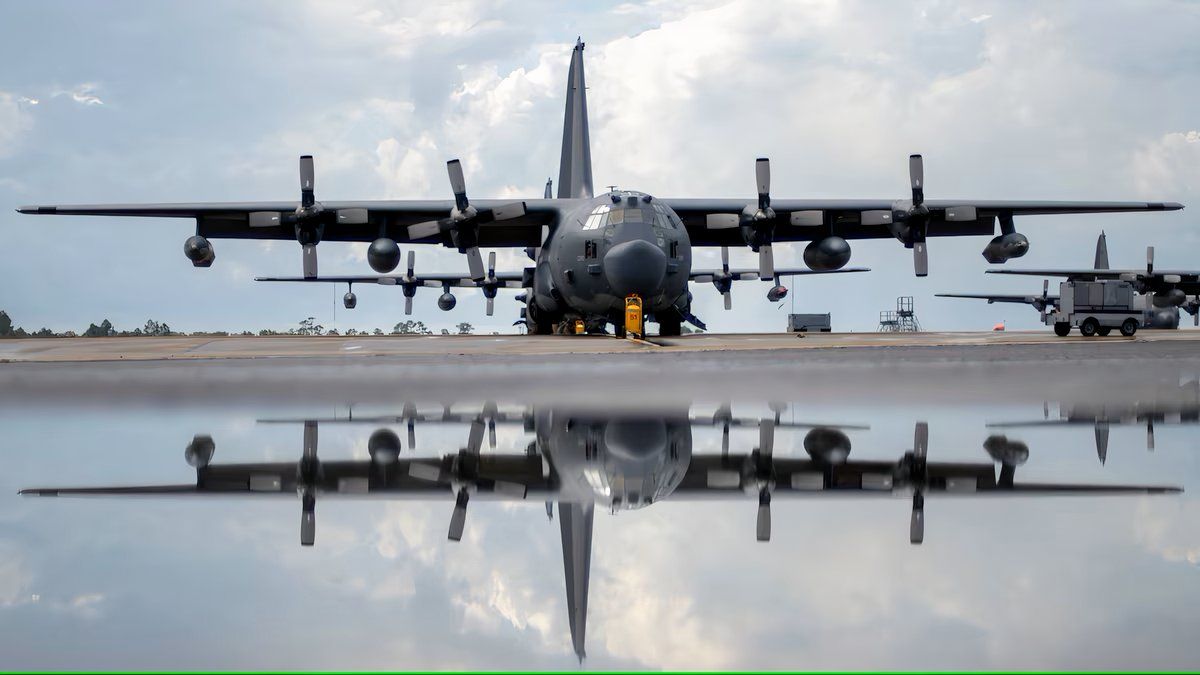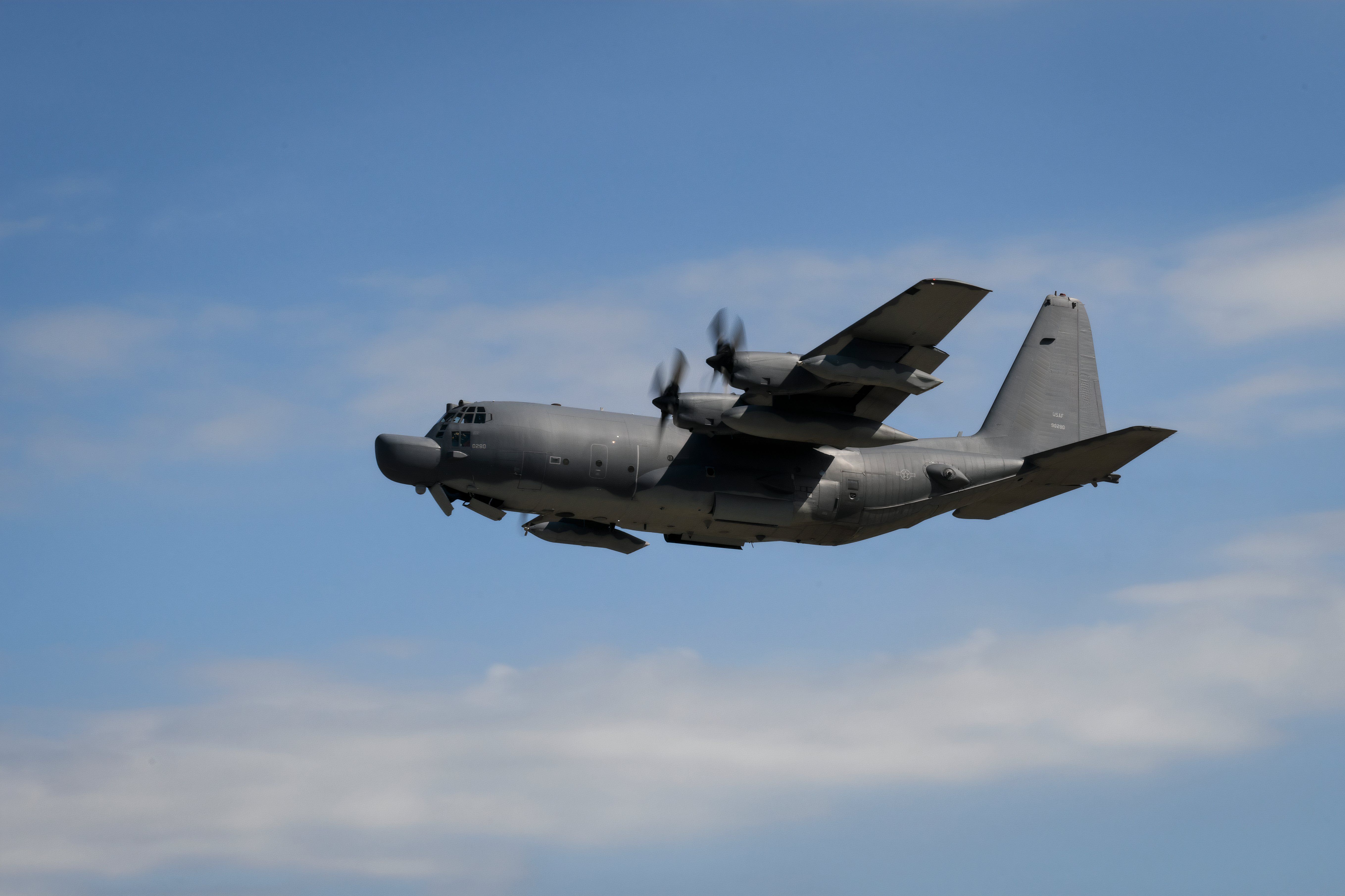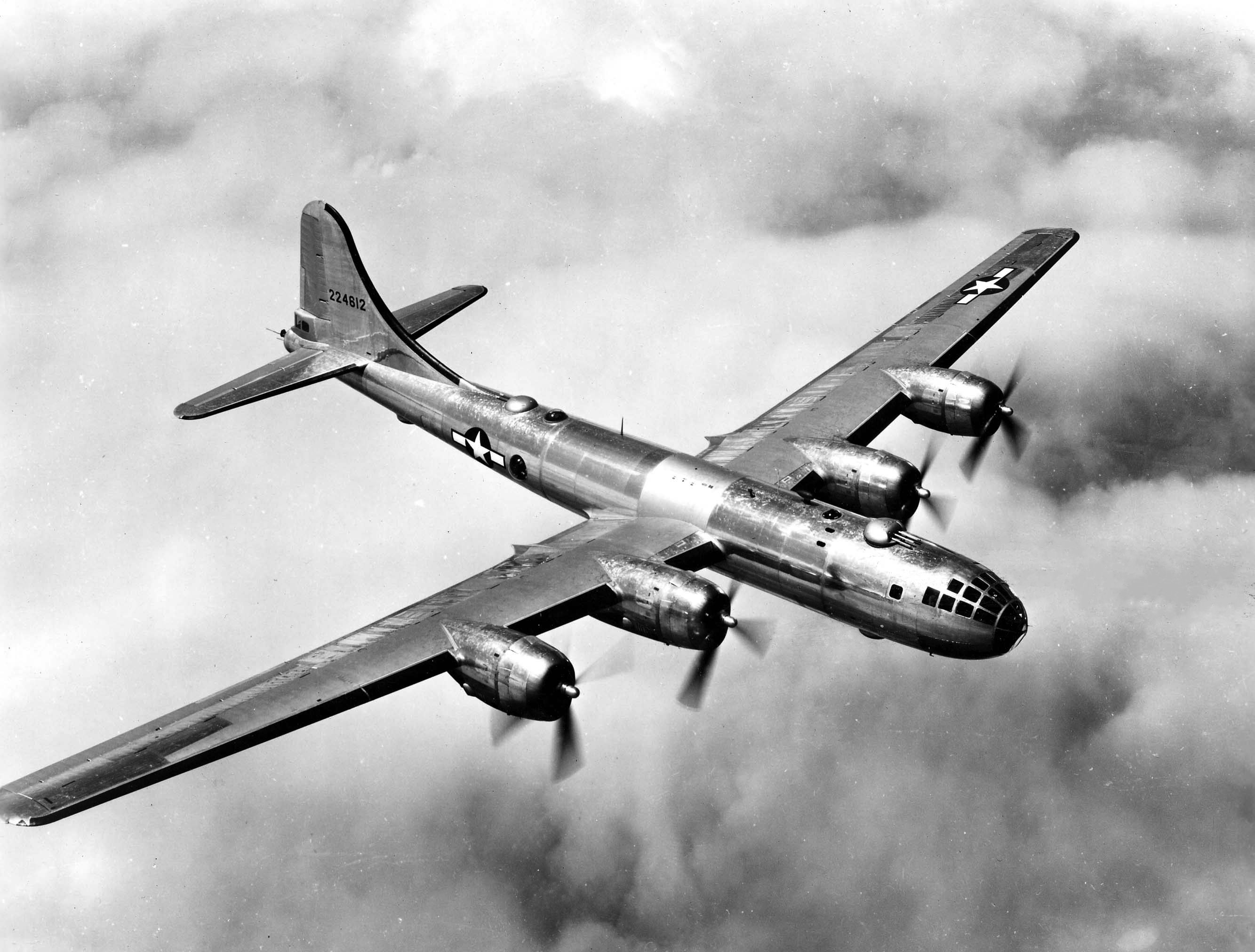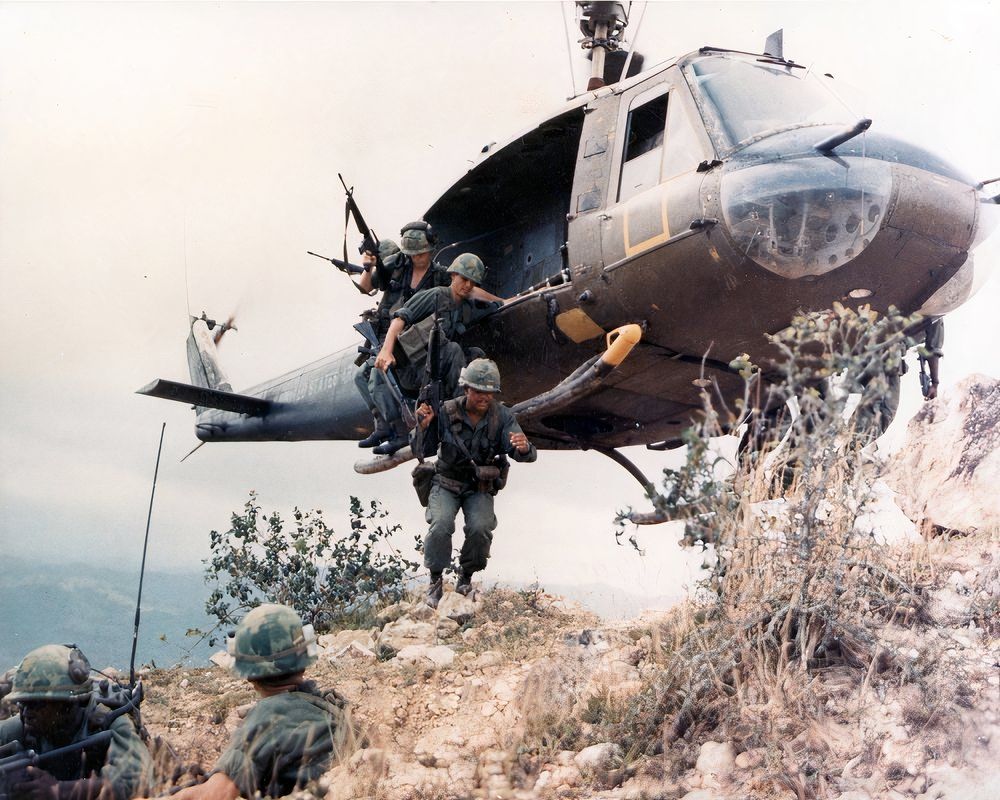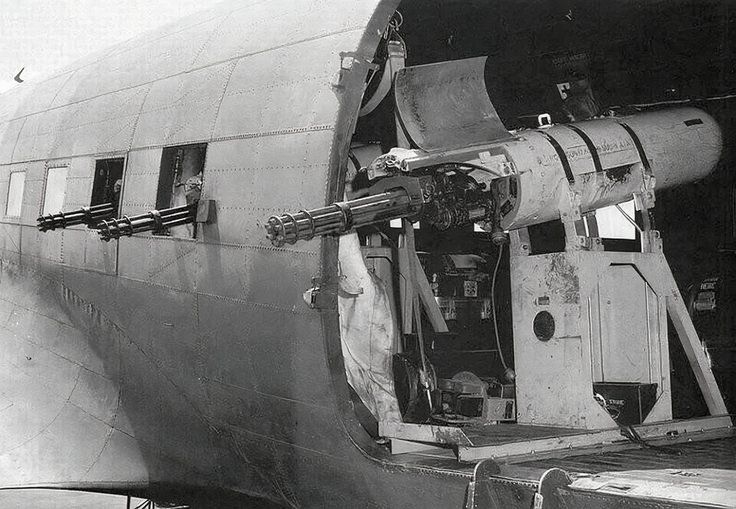Photo: US Air Force
In the world of military
aviation, there are many unique aircraft made for specialized missions. Still, others become specialized because of their missions. One of the areas that is often overlooked within US
Military aviation is aircraft that execute psychological operations.
5
The Lockheed MC-130H “Combat Talon II” and the Air Force Special Operations Command
The venerable and steadfast C-130
has served the armed forces of the United States in one variation or another since 1954. It is a tried and true, proven airframe that has stood the test of time. The MC-130H is the latest generation of a special branch of the family tree. It dates back to 1966 when the first MC-130 saw action in the skies over Vietnam. The Talon II hosts various combat capabilities and electronic warfare equipment. Designed to execute the most complex and dangerous missions for the USAF
Spec Ops Command. From covert infiltration and exfiltration deep behind enemy lines to extended low-level tops in any conditions or psychological warfare operations, the Talon II is the most capable platform in the world.
Photo: US Air Force
4
The North American B-25 “Mitchell” and the Doolittle Raid
The date is December 18, 1942, and the USS Hornet steams across the Pacific with one target in sight—Tokyo. Rendezvousing with the USS Enterprise and her task, the Hornets sailed with a crowded deck of US Army Air Corps (USAAC) bombers, specially modified for the sole purpose of striking fear into the heart of the enemy. Their mission was to hit deep into enemy territory and disable war production, but the real purpose was to make the enemy afraid. Coming on the heels of the tragedy at Pearl Harbor, Lieutenant Colonel James Doolittle’s bombers would show the American people that the enemy was far from invulnerable – and they would remind the Japanese of that same fact.
The incredibly daring crews of the 16 B-25s successfully launched from the deck of the USS Hornet and delivered their ordinance, as well as their mission, to the heart of the Japanese Empire. They flew to allied space in China and ditched their bombers before beginning a trek back to friendly lines, just as difficult as their fearless raid. The American people on the homefront and the troops on the frontlines of the war in the Pacific hailed Doolittle’s raiders as heroes for their valiant action. The Japanese reeled from the shock of such a bold strike after the seemingly overwhelming victory at Pearl Harbor. Their mission may have had a minimal impact on war matériel, but the psychological impact on both sides was stunning and immediate.
3
The Boeing B-29 “Superfortress” and the Firebombing of Tokyo
During the war in the Pacific, the USAAC launched daytime high-altitude and nighttime low-level raids using incendiary bombs. General Curtis Lemay’s 21st Bomber Command and unleashed one of the most devastating aerial bombing campaigns in the history of armed conflict. Aside from the catastrophic loss of life and material devastation, the sheer horror of around-the-clock raids drove millions of Japanese non-combatants from the cities to the countryside. LeMay’s Superfortress squadrons would also go on to drop the atomic bombs on Nagasaki and Hiroshima.
They famously dropped leaflets in advance of both the nuclear bomb strikes. The bombers consistently dropped leaflets throughout the bombardments to demoralize the Japanese combatants and encourage the civilians to flee. The pamphlets warned of the coming calamity and implored all the city’s occupants to escape before being caught in the attack—a warning that was sadly not heeded by many.
While the munitions they carried were the primary weapons, the words they spread and the sounds of air raid sirens and thundering engines in the sky were also potent weapons that contributed to the Allied Forces’ ultimate victory.
Note: The B-29’s descendant, the B-52
Stratofortress, has continued to develop the capacity of leaflet dropping for future wars.
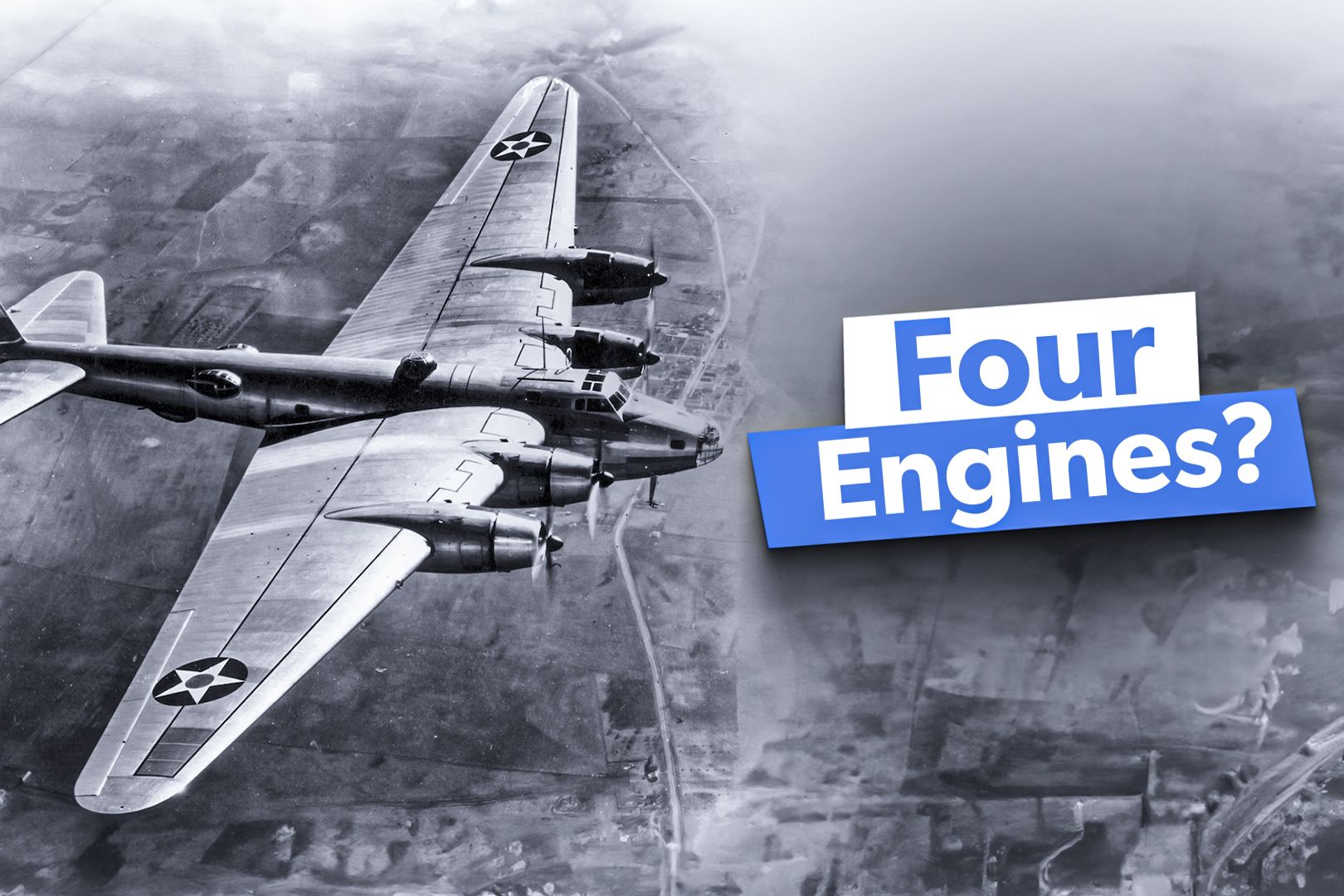
What WW2 Planes Had 4 Engines?
4-engines were mainly the purview of strategic bombers during WWII. The Allied examples were more famous, but the Axis also made their fair share.
2
The Bell UH-1 “Huey” and Operation Wandering Soul
The Vietnam War saw a revolutionary new use of aircraft on the battlefield. The US Army’s newest combat unit, the First Air Cavalry, employed UH-1 helicopters for rapid and devastating deployment of troops and firepower to any point in the battlespace at unmatched speed.
Unfortunately, the war in Vietnam drew on at a slogging pace. Dense jungle, chaotic battlelines, and confusion on the front led to a quagmire that did not promise a swift victory. The US Army’s 6th Psychological Operations Battalion began a new campaign to supplement the hard-hitting, fast attacks by helo units.
Operation Wandering Soul was launched with the intent of preying upon the fears of the North Vietnamese and Viet Cong soldiers. They equipped helicopters and swift attack boats with loudspeakers that played haunting sounds:
- the cries of women and children
- the banging of gongs, howling noises
- voices of Viet Cong “descendants”
They even used the “tightening-knot ghost,” which was intended to convince enemy troops to die by suicide after whispering “cổ cổ” – “neck” in Vietnamese.
1
The Douglas AC-47 “Spooky” and the first gunship
Also called “Puff the Magic Dragon”, the C-47
was the first in a line of an awesome and fearsome line of US Air Force close-air-support aircraft. Spooky delivered devastating firepower to the front line and struck fear into the hearts of enemy soldiers thanks to the devastation it was capable of. The mere existence of Spooky was enough to strike fear in the Vietnamese soldiers, and when it appeared on the battlefield, the effect was immediate and powerful. The gunship was as much an innovation as it was a specter; the US troops on the ground were always glad to have Spooky overhead, and their enemy made every effort to avoid a fight if the gunship was airborne.
The AC-130U “Spooky” continues its legacy today. It is the latest and greatest flying gunship for the US Air Force Special Operations Command, bearing a fearsome armament of 105 mm howitzers, 40mm cannons, and a 25mm Gatling gun.

